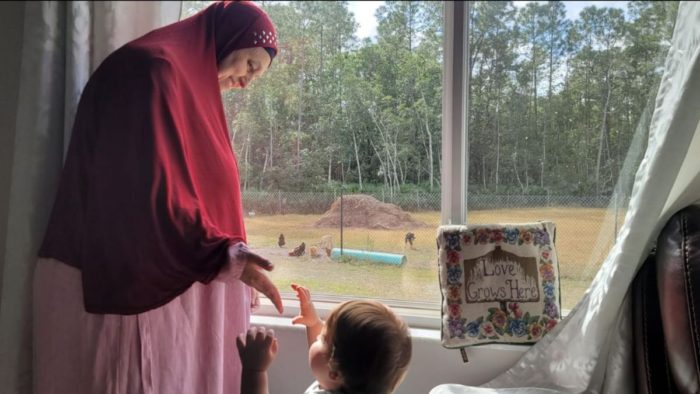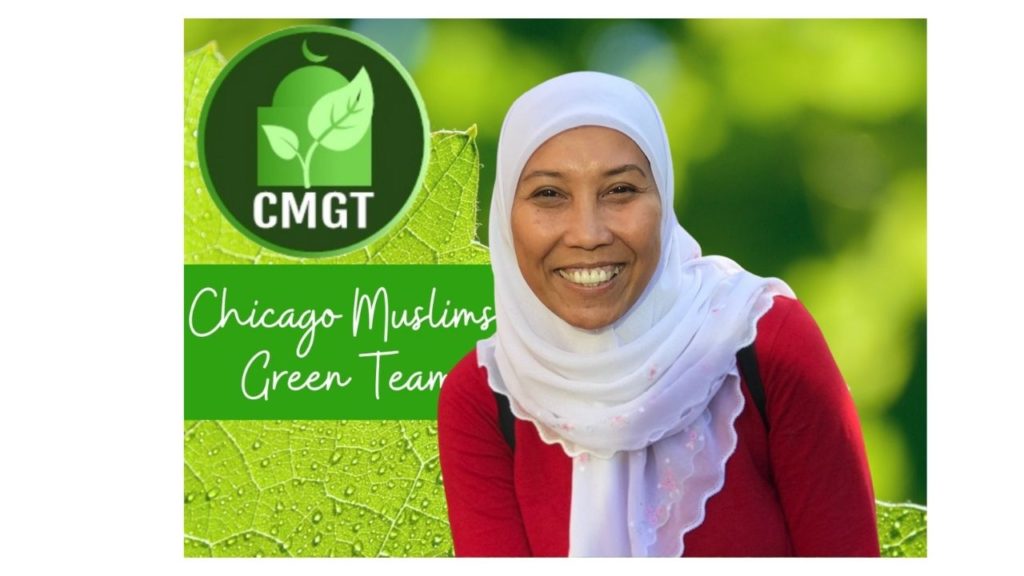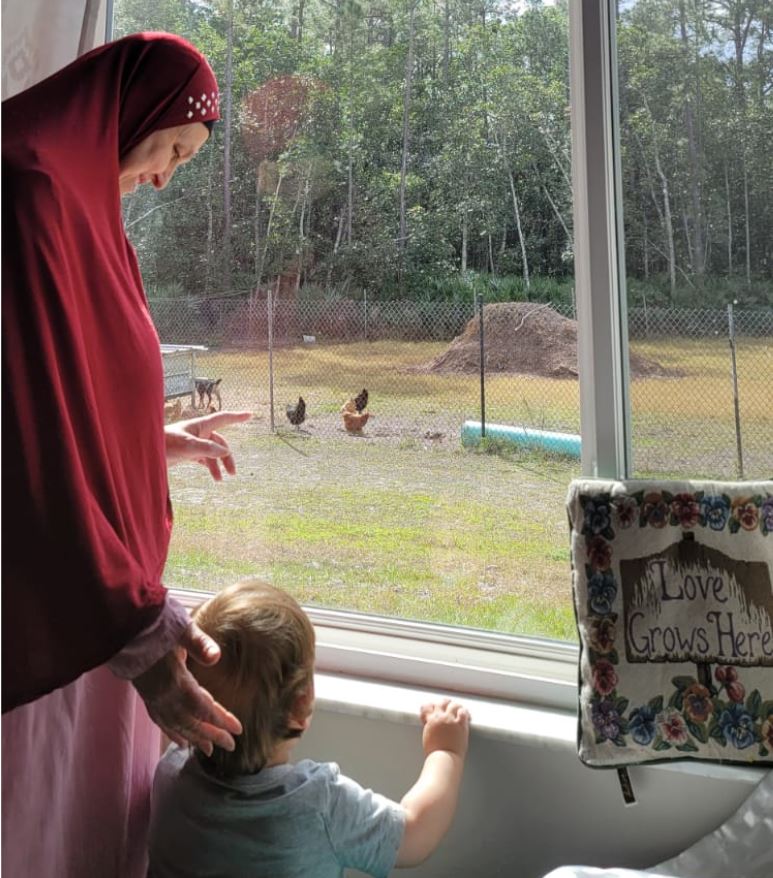
Spresa Isa and her family moved to rural Florida over twenty years ago and enjoy living a life close to nature. What are the challenges and lessons we can learn from them? Here is their story.
The Motivation
When they first moved, there were only four or five houses in the neighborhood. About 2-3 years later, the 9/11 attack happened. The neighbors were not so friendly at that time. “They were going through my stuff. But that’s fine, I had nothing to hide. But it was difficult,” said Spresa Isa.
It did not deter the family from staying. Spresa Isa and her husband were strongly motivated to provide their four kids freedom of running around and experience of building things with their hands. “Alhamdulillah, Thank God, we made that choice because the kids learned many things in real life,” she said.
The kids built tree houses, climbed trees, made pathways to race, played manhunt, and enjoyed the life of being on the farm. They used to name the animals and gave them fresh water. They were taught kindness, understanding, patience, and to love God’s creation.
The kids also did not have to miss out on a city life. All four including the daughters played soccer and other sports with teams outside of their high school’s groups. They had many activities, but when they came home, they still had freedom to do things that they couldn’t do in a city.
Spresa Isa shared her concern about today’s kids who are too much into TV and video games. “They just sit there day and night, even a grown man. I’ve had people complaining about it, but I thank God that my kids had other experiences, outside of that.”
Now the kids are grown up, married, and have their own families. Their careers range from construction to medicine. They grew up loving the land and they are thinking of buying their own land so their kids can have the same opportunities they had.
Farm Life
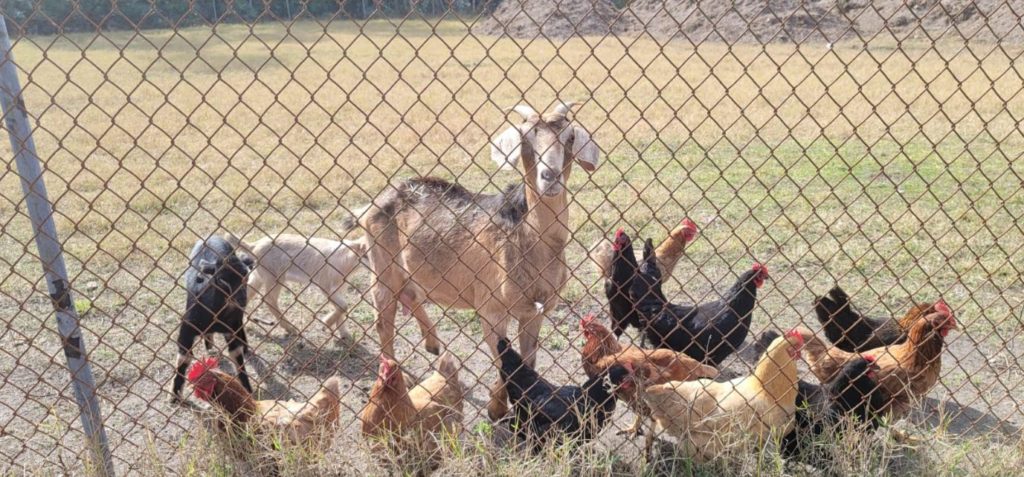
The family enjoys fresh eggs, meat, and vegetables from their own organic farm. They’ve raised chickens, goats, and sheep. They don’t use any form of pesticide anywhere around the house. She also makes her own feta cheese, yogurt, breads, noodles, and pasta. “I try to keep as natural as I can and save them for my grandkids and for the people. I want them to learn these important things.”
Spresa Isa shared a story about how her fresh homemade food mended a relationship after experiencing a not-so-friendly encounter with a family who just moved next door. “I made a cake, some fresh bread rolls, and some bean soup or something with lamb in it. I brought the whole thing to the neighbor. Their in-laws were there. They ate it, thank God! So, they started to be friendly with my husband.”
For her, farm life brings tranquility, lots of new knowledge, and a purpose of life.
“When I come home from work, the peace that I would find in this, I think of God’s creation. Here, at the body of water, the fishes jump up and I thank God for giving this opportunity for us to enjoy His creation. This is all from Him. You see the animals when they give birth and raise their young. It’s a process of life.”
Spresa Isa learned many interesting things about the animals, like how their goats know their way back home, how to raise baby chicks, and the unusual color of eggs produced by her chickens. “I have chickens that lay green eggs, blue eggs, pink eggs. Subhanallah, they lay all sorts of colorful eggs and it’s beautiful.”
It taught her and her children to respect the circle of life. Now her goal is to educate her grandkids to not destroy nature simply because they’re able to.
The Wild Animals
Living in rural areas often means living side by side with the wild animals. Aside from foxes, coyotes, badgers, raccoons, and bears, there are deers that come to the farm and eat the vegetation. They also have to keep an eye on bobcats that always try to eat the baby chicks.
The family shows their respect for the wild animals by making sure that their outdoor activities would not harm them. For example, every time they have a party with decoration and bonfire, they always make sure that they don’t leave dangerous waste behind. Spresa Isa explains, “We have all the creatures come to drink water from our pond and lake. We want to make sure they will not be harmed. Even though the kids have a great time with the bonfire and they have the lake water there to douse it out, it’s still hot, because it’s a fire, it still has embers underneath. So, we make sure that the animals are not harmed in the process. We put it into cinder blocks to stop the animals from running over it, and the fire within is contained if it should come up.”
Composting and Recycling
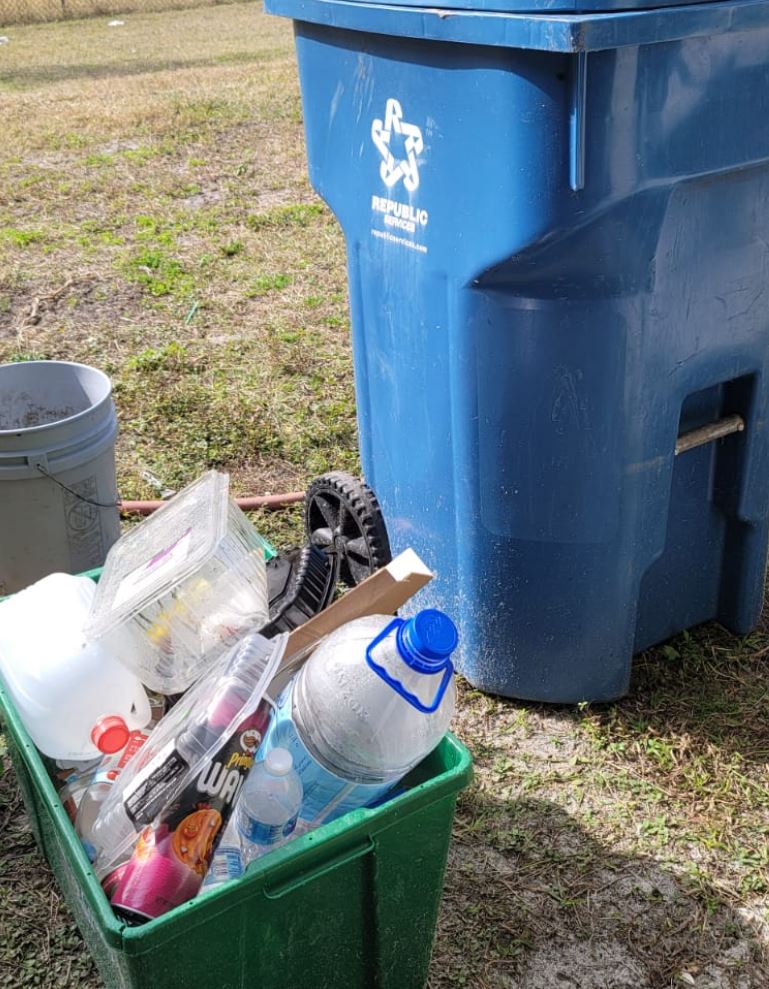
In the home, the family manages their waste by having three bins. Two different bins are for recycling cardboards and plastics. One bin is for regular trash. They compost their food scraps, leftover food, and grass clippings to fertilize the plants.
She recommends a few tips for composting. Get a bucket, put a little bit of dirt and the food scraps. Close the lid of the bucket tightly and let the kids have fun rolling the bucket around. She also doesn’t throw away water she used to wash the rice. “It has different kinds of vitamins. So, instead of throwing that water out, I put it into my plants with the eggshells, coffee grounds, and tea bags.”
For growing vegetables, she has a tip for growing tomatoes and putting plastic bags to good use. “With the plastic bags, I make them into strips, and stretch them, and use them for my tomatoes to hold them up to the post.” She uses the mesh bag to hold clusters of cherry tomatoes. This way, the tomatoes will fall into the mesh instead of the ground.
Water and Energy Conservation
Spresa Isa has an efficient way to wash dishes as she doesn’t wash dishes in running water. She soaks them first with hot water and detergent in the biggest bowl or pans she is going to wash and uses cold water to rinse the dishes. “It’s a good way to learn to conserve our water because we do run low in water. There’s drought in the area. Why waste it?” She also tries to minimize the use of hot water because they pay heater by the gallon, which is very pricey.
To save electricity, they use motion sensor lights in the front area and some in the back door areas, but not outside where the animals are. Spresa Isa explains, “If someone comes late at night to our home, the light will turn on, so this way you can come in. It goes off after a few minutes.”
The Challenge
The downside of maintaining a farm for her is the attachment formed towards the animals. “It’s just hard, you’ve got to be home at certain times. I can’t go outside and enjoy going out late. My responsibilities are my animals. They are big responsibilities and they’re like my kids. I have to supply them with clean water in the morning and evening. When I was working, I had to do it in the dark, put my headlight toward them and got the water going and let them have their water, things like that. Now that I’m not working due to COVID, I’m out there at seven o’clock in the morning. I love it!”
Spresa Isa admits that she cannot enjoy a long vacation without thinking about the animals. She said, “You have to be there for your animals or at least have someone responsible. I can’t really take a long vacation unless I have either my children or someone coming to do these chores for me.” In 2019, she went away for a two weeks vacation. She enjoyed the vacation, but her mind was at the farm at all times.
Spresa Isa and her family’s farm living is no easy feat, but their tenacity and deep compassion for sustainable living can offer us some inspiration for how we can care for nature in our own daily lives.

